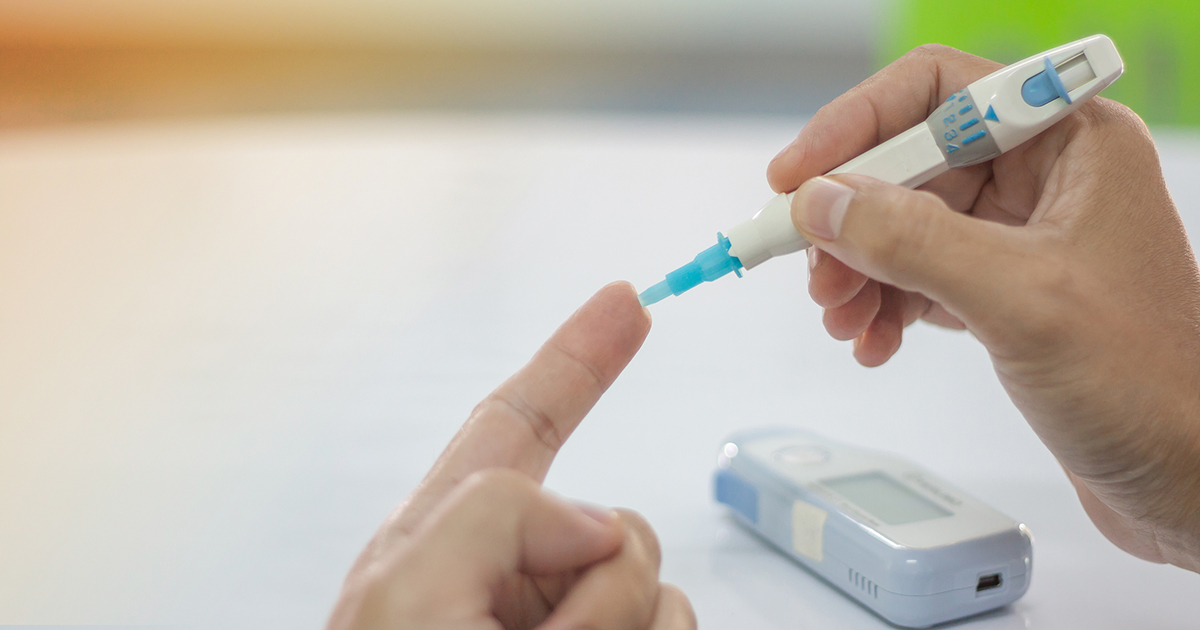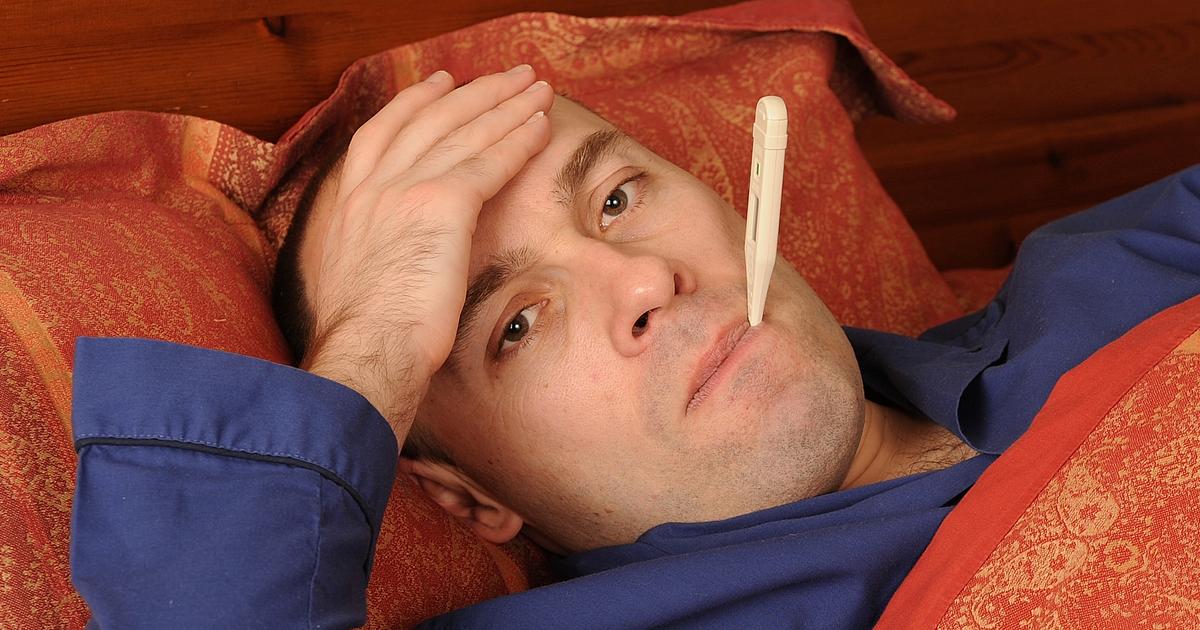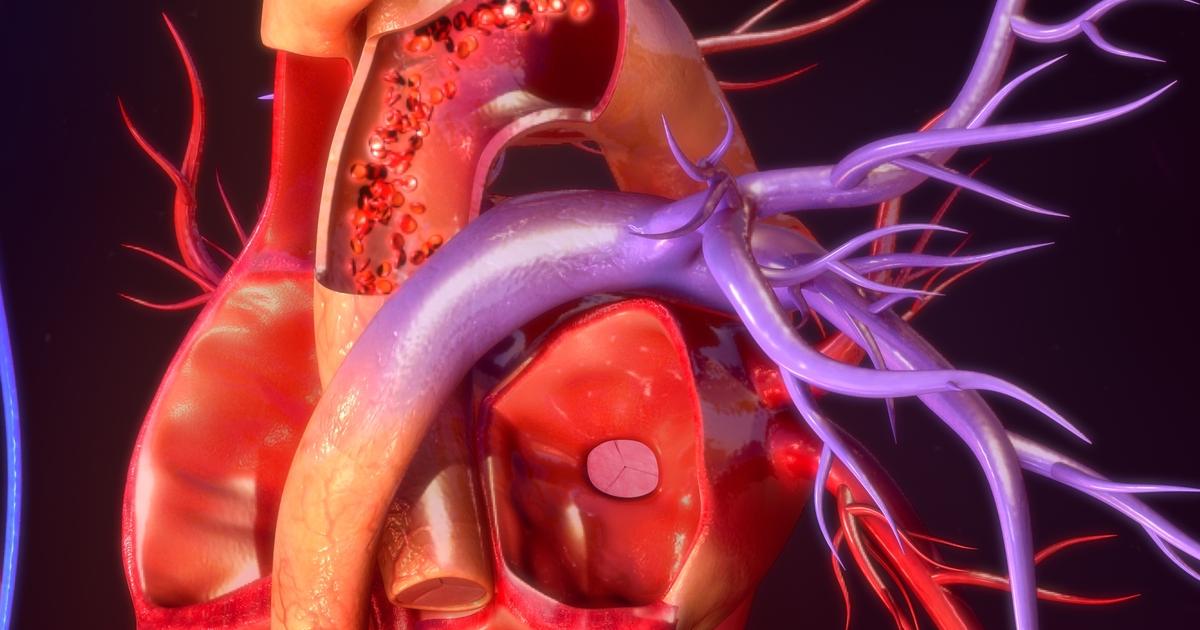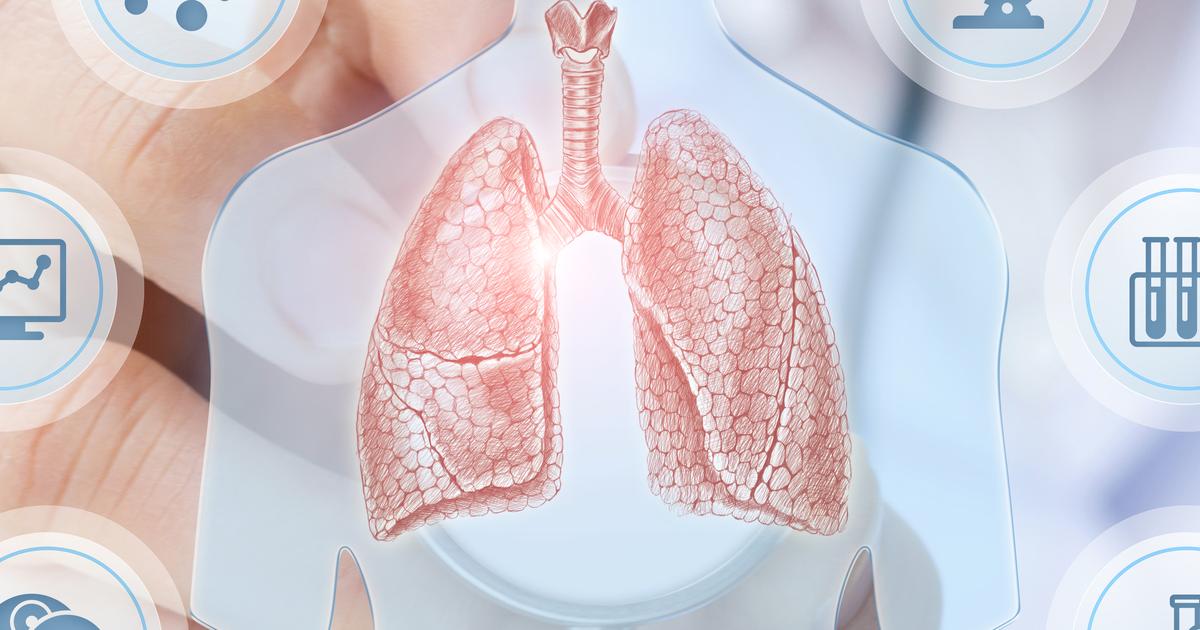What Causes Excessive Sweating?
Also known as hyperhidrosis, excessive sweating is a medical condition that affects an estimated 4.8 percent of individuals in the United States. Patients with this condition may sweat more than usual in cool weather or in response to stress or emotions such as anger or fear. Generally, hyperhidrosis begins before individuals are twenty-five years old, and patients experience symptoms at least once a week. The sweating associated with this condition may occur for no known reason over six months or more, and the patient will frequently sweat on both sides of their body in similar amounts.
To diagnose hyperhidrosis, doctors typically rely on the patient's medical history and a physical examination. Blood and urine tests will likely be performed, and some patients will also need to have a starch-iodine or thermoregulatory test. Excessive sweating with no known trigger is frequently diagnosed as primary focal hyperhidrosis, and patients with this form of the condition sweat most often on the hands, feet, underarms, and head. If excessive sweating is due to an underlying medical condition, patients are diagnosed with secondary generalized hyperhidrosis. Treatments for both forms include prescription antiperspirants, iontophoresis, injections of botulinum toxin, and surgery.
Stress

Patients may notice they have greater volumes of sweat when dealing with intense emotions such as sadness, fear, or anger. These emotions are usually triggered by stressful life events such as the loss of a loved one, and they might also arise due to less intense stress that occurs regularly. Examples of chronic stress include a toxic work environment, bullying, or caring for an elderly or sick family member. Short periods of stress that occur while preparing for a job interview or major presentation could contribute to a worsening of hyperhidrosis, too.
Patients who notice their symptoms are worse during certain stressful periods may want to keep a journal so they can identify any patterns that may exist in terms of how stress affects their symptoms. Coping mechanisms such as yoga, meditation, or talking with a friend could help reduce stress, and patients should reach out to a counselor if they need help with building healthy stress management techniques.
Heat Exhaustion

Heat exhaustion is a recognized cause of secondary generalized hyperhidrosis. Patients typically develop heat exhaustion after spending time in environments with high temperatures. Symptoms associated with this ailment include excessive sweating, rapid heartbeat and breathing, dizziness, fatigue, nausea, and muscle cramps. Individuals who have been exposed to high temperatures in conjunction with high humidity and patients who have completed strenuous activity in the heat could have particularly severe symptoms. Patients with heat exhaustion could feel faint, and it is common to have low blood pressure upon standing.
To treat this condition, patients should try to sit or lie down in an air-conditioned area. Any unnecessary clothing should be removed, and patients are advised to loosen clothing as much as possible. Taking a cool shower is beneficial, and drinking plenty of cool fluids is recommended. To prevent heatstroke, a potentially life-threatening condition, patients with suspected heat exhaustion need to seek medical attention if there is no improvement in their symptoms after one hour of home treatment.
Hypoglycemia

Hypoglycemia (very low blood sugar) frequently occurs in diabetes patients, and it is a recognized cause of secondary generalized hyperhidrosis. Some patients without diabetes may also experience isolated episodes of hypoglycemia, especially if they have skipped meals. Hypoglycemia is diagnosed if blood glucose levels are at 70mg/dL or below. Individuals with low blood sugar typically notice symptoms such as sweating, shaking, fatigue, anxiety, and heart rhythm irregularities.
If left untreated, hypoglycemia could progress to the point where the patient experiences blurry vision, confusion, abnormal behavior, seizures, or loss of consciousness. Non-diabetes patients who believe they are experiencing hypoglycemia should seek urgent medical care. Diabetes patients should begin home treatment by drinking juice, eating candy, or using glucose tablets or gel. Blood glucose levels should be checked every fifteen minutes. If normal glucose readings are not improving, patients should seek urgent medical treatment.
Generalized Anxiety Disorder

Generalized anxiety disorder affects an estimated 6.8 million individuals across the United States. This type of anxiety disorder involves excessive, constant worrying about aspects of daily life, and it is more common in females. Patients may notice feelings of nervousness, and they might feel an impending sense of doom. Possible physical symptoms that can occur in some generalized anxiety disorder patients include sweating, trembling, rapid breathing, fatigue, sleep disturbances, and gastrointestinal issues.
Patients can be diagnosed with this type of anxiety disorder if they struggle to control their worries for at least six months and if they also display at least three of the aforementioned symptoms. Treatment options for generalized anxiety disorder include counseling and medication. Joining an in-person or online support group is beneficial for many individuals with anxiety disorders too. It is also important for the patient to have a support system of family and friends; isolation could make symptoms worse.
Fever

A fever is often part of the body's attempt to rid itself of an infection, and it can develop in response to common infections such as colds, ear infections, mononucleosis, and strep throat. Symptoms associated with fevers include sweating, chills, aches, lack of energy, and flushing of the skin. During a fever, a patient's body temperature is increased above 98.6 degrees Fahrenheit.
Low-grade fevers of less than 101 degrees Fahrenheit do not normally require medical treatment. Instead, patients typically benefit from resting at home, drinking plenty of fluids, and taking an over-the-counter fever reducer. If a fever lasts longer than two days or is accompanied by a stiff neck, rash, sensitivity to light, confusion, or seizures, patients should seek care in the emergency room. In addition, a fever that remains at 103 degrees Fahrenheit or above for longer than two hours requires emergency treatment.
Hyperthyroidism

Hyperthyroidism is a condition that can lead to excessive sweating because of metabolic disturbances. The thyroid is responsible for making hormones that help regulate metabolism, and when an individual has hyperthyroidism, their body creates too many of these hormones. This leads to an increase in metabolism, which can cause a fast or irregular heartbeat alongside unexplained weight loss. The condition can be treated with a variety of different methods.
The first line of treatment is usually anti-thyroid medication, which can slow the progression of the thyroid's hormone creation. Radioactive iodine is also used to destroy excess thyroid cells, but it can cause enough damage to lead to an underactive thyroid. If radioactive iodine and anti-thyroid medications aren't helping enough, patients might need surgery to remove a portion or all of their thyroid gland. After patients have this surgery, they'll use supplemental thyroid medications to create the hormonal balance they're no longer getting from their thyroid gland.
Heart Disease

Some types of heart disease can also lead to excessive sweating. Heart disease is used to describe several different conditions that affect the health of the heart. Some of the categories of heart disease are genetic heart defects, heart rhythm problems, and blood vessel diseases. Heart disease and cardiovascular disease can be interchangeably used terms. In the medical world, doctors usually use the term cardiovascular disease when they're talking about conditions that narrow or block blood vessels.
These issues can lead to a heart attack. When a condition affects the muscle of the heart, heart rhythm, or the valves of the heart, they're also considered heart disease. If individuals are concerned their excessive sweating might be due to a problem with the heart, patients should talk to a doctor. The majority of cases of heart disease can be treated using medication and healthy lifestyle choices.
Menopause

One of the most common symptoms of menopause is hot flashes, which occur when individuals feel suddenly hot for no reason. Menopause might also cause women to experience night sweats, in which they'll wake up drenched in sweat. Women experience menopause at the end of their menstrual cycles, typically during their forties and fifties. In the United States, the average age of menopause is fifty-one years old. This natural biological process can come with physical symptoms and emotional symptoms that disrupt sleep and interfere with day-to-day life.
If the symptoms of menopause are causing excessive sweating or emotional problems, women might benefit from medical treatment. Some might only need certain lifestyle changes, but they can also talk to a doctor about doing hormone replacement therapy. Estrogen replacement therapy has some well-documented risks, but it can also be very helpful in managing the more turbulent symptoms of menopause. Studies show estrogen replacement therapy can also help lower the risk of developing osteoporosis. Women should talk to a doctor if they think menopause might be causing excessive sweating.
Lung Disease

Lung disease can sometimes cause excessive sweating, though it depends widely on the type of illness. Some forms of pneumonia can cause fevers as high as 105 degrees Fahrenheit, which leads to profuse sweating. A fever over 103 degrees Fahrenheit is considered high, and a fever of 105 degrees Fahrenheit is close to a medical emergency. If the body gets too hot, it can damage internal organs, including the brain. Lung disease is a term used to describe any disease affecting the lungs.
Though anyone can develop lung disease, it is a larger concern for women, as more women in the United States have been diagnosed with lung disease each year than men. Women also have a higher likelihood of dying from lung disease. Some lung diseases are caused or exacerbated by outside factors such as smoking, though others might be due to certain genetic predispositions. A common lung disease is asthma, which occurs when inflammation of the airways makes it difficult to breathe. If lung disease patients experience excessive sweating, they should talk to a doctor to find out whether the two are linked.
Obesity

Obesity can increase an individual's risk of excessive sweating due to a few factors. One factor is that there's a greater amount of physical exertion on the body when an individual is carrying extra weight. They burn more calories when they move than a thinner person because their muscles need to work harder. This can lead to the body's internal temperature rising, and the sweat glands releasing sweat to help cool off. Another factor is the body holds in more heat when individuals have extra fat cells.
Layers of fat exist to be a genetic advantage in colder climates. In fact, some Olympic swimmers have large amounts of fat stored in their bodies, which helps them stay warm when swimming in cold water. Obesity doesn't always cause serious health repercussions. However, if individuals don't have enough muscle to support the weight of their body, they're more likely to struggle with physical exertion and sweating.
